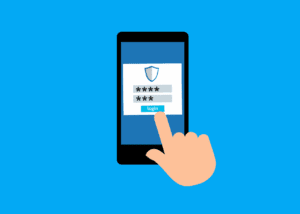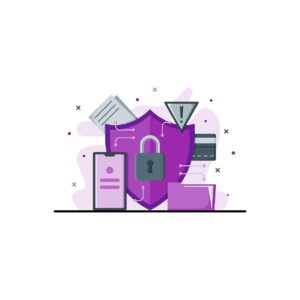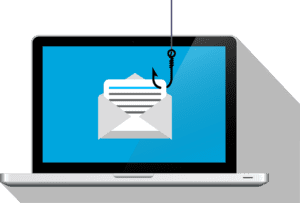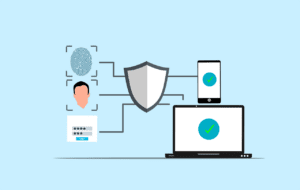In today’s digital age, securing your online accounts is more critical than ever. While we often think of weak passwords and phishing emails as major threats, hackers have become increasingly innovative in their methods. As a trusted IT support company in Central Florida, we want to share seven unexpected ways hackers can infiltrate your personal and business accounts, along with proactive steps to enhance your cybersecurity.
Understanding Common Hacking Techniques
Hacking methods have evolved significantly over the years, leveraging technological advancements and exploiting human behavior. While traditional techniques like brute force attacks remain prevalent, hackers now employ more sophisticated tactics. Here’s a brief overview:
- Social Engineering: Hackers manipulate individuals into divulging private information.
- Credential Stuffing: Using stolen credentials from previous breaches to access multiple accounts.
- AI-Powered Attacks: Utilizing artificial intelligence to create convincing phishing campaigns.
Understanding these techniques is essential for recognizing more obscure hacking methods that can compromise your digital security.
Unexpected Vulnerabilities Exploited by Hackers
Hackers often exploit overlooked weaknesses in our digital security. Here are some surprising methods they use to access your accounts:
1. Cookie Hijacking
Cookies save your login sessions for convenience, but they can also be exploited. Hackers can steal cookies via malicious links or unsecured networks, allowing them to access your accounts without your password.
2. SIM Swapping
Hackers can convince your mobile provider to transfer your phone number to a new SIM card they control, intercepting two-factor authentication (2FA) codes and resetting passwords.
3. Deepfake Technology
Deepfake technology enables hackers to create realistic audio or video impersonations, often used in social engineering attacks to gain sensitive information.
4. Exploiting Third-Party Apps
Many users link their accounts with third-party applications, which may have weaker security protocols. Hackers can exploit these vulnerabilities to gain access to linked accounts.
5. Port-Out Fraud
Similar to SIM swapping, port-out fraud involves transferring your phone number to another provider without your consent, allowing hackers to intercept sensitive recovery codes.
6. Keylogging Malware
Keyloggers capture every keystroke you make, compromising login credentials and sensitive information without your knowledge.
7. AI-Powered Phishing
Unlike traditional phishing emails, which often contain poor grammar or suspicious links, AI-powered phishing uses machine learning to create convincing emails that can trick even tech-savvy individuals.
Protecting Yourself from Cyber Threats
Now that you know how hackers can access your accounts, let’s discuss effective prevention strategies:
1. Strengthen Your Authentication Methods
Utilize strong passwords and enable multi-factor authentication (MFA) to add an extra layer of security. Consider using app-based authenticators or hardware security keys for enhanced protection.
2. Monitor Your Accounts Regularly
Keep an eye on your account activity for unauthorized logins or changes. Enable notifications for suspicious activity on all platforms.
3. Avoid Public Wi-Fi Networks
Public Wi-Fi networks are hotspots for cyberattacks. Always use a virtual private network (VPN) when accessing sensitive accounts in public spaces.
4. Be Cautious with Third-Party Apps
Before linking any third-party app to your accounts, verify its credibility and review its permissions. Revoke access from apps you no longer use.
5. Educate Yourself About Phishing
Learn to identify phishing attempts by scrutinizing email addresses and avoiding clicking on unfamiliar links. When in doubt, contact the sender through verified channels.
Implementing Additional Cybersecurity Measures
To further safeguard your digital presence, consider these broader cybersecurity measures:
1. Regular Software Updates
Ensure all devices and applications are regularly updated with the latest security patches to close vulnerabilities exploited by hackers.
2. Data Backups
Adopt the 3-2-1 backup rule: keep three copies of your data on two different storage media, with one copy stored offsite. This ensures quick recovery in case of data loss.
3. Use Encrypted Communication Tools
For sensitive communications, opt for encrypted messaging platforms to protect against unauthorized interception.
4. Invest in Cybersecurity Training
Educate yourself and your team about emerging cyber threats. Understanding how hackers operate empowers you to identify potential risks proactively.
By implementing these measures, you’ll significantly reduce your vulnerability to cyberattacks. If you need expert assistance, our IT services company in Central Florida is here to help you secure your online presence. Contact us today for tailored solutions to safeguard your digital assets!











